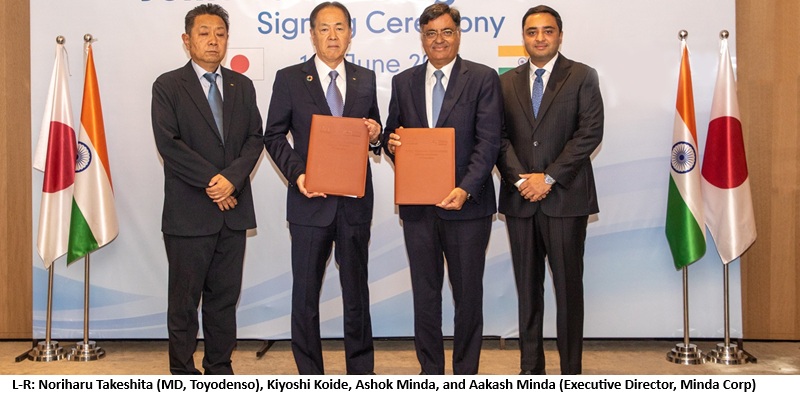Schedule a Call Back
Designing PFC to reduce running costs
 Articles
Articles- Sep 18,19
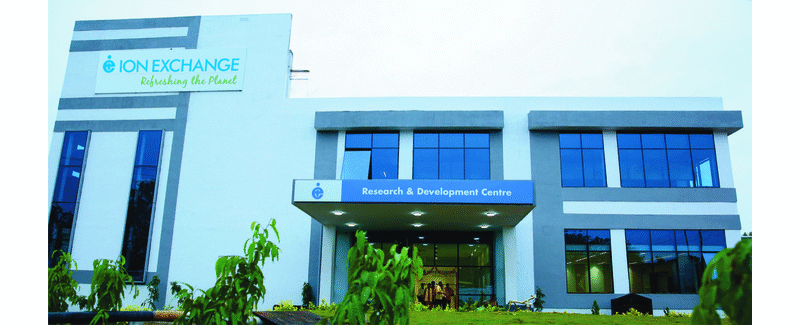
Related Stories

Serentica secures Rs 2600 crore funding from PFC for its renewable energy projects
Funding from PFC will go towards the development of Serentica’s upcoming 400 MW hybrid renewable energy projects in Karnataka.
Read more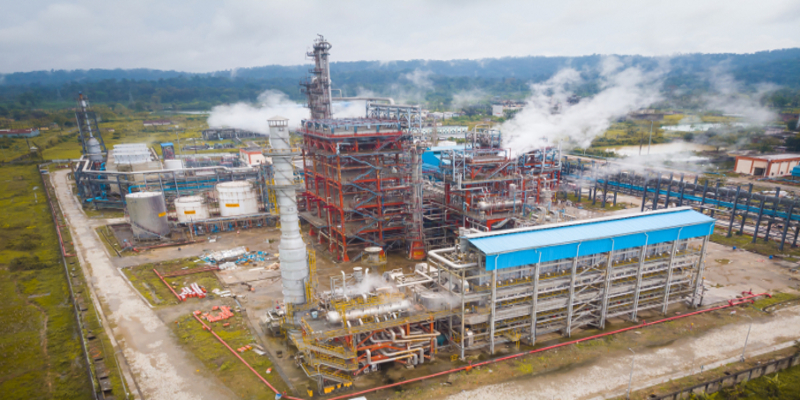
PFC provides Rs 1,229 Cr loan for Assam methanol and formalin plants
The Power Finance Corporation (PFC), a government-owned entity, entered into an agreement to extend a term loan of Rs 1,229 crore to Assam Petrochemicals. The loan agreement between PFC and Assam Pe..
Read more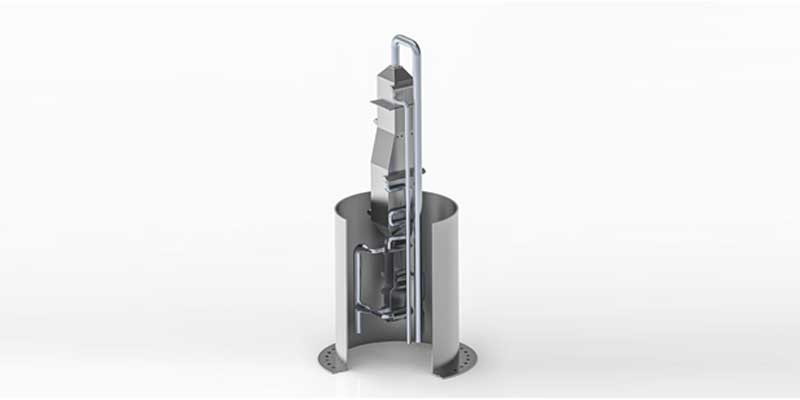
Fraunhofer IMM develops ammonia-based systems for eco-friendly energy supply
In the future, ammonia could play a decisive role in the transition from fossil fuels to climate-friendly alternatives — as long as it is produced from green hydrogen, for example, using renewable..
Read moreRelated Products

Geared Electric Motors
Delco Fans Pvt Ltd offers single phase capacitor run and three
phase geared Instrument motors, totally enclosed face/foot mounted.

“Kusam-Keco” Partial Discharge Acoustic Imager - Model - Km-pdai
‘Kusam-Meco’ has introduced a new “Partial Discharge Acoustic Imager Model KM-PDAI.
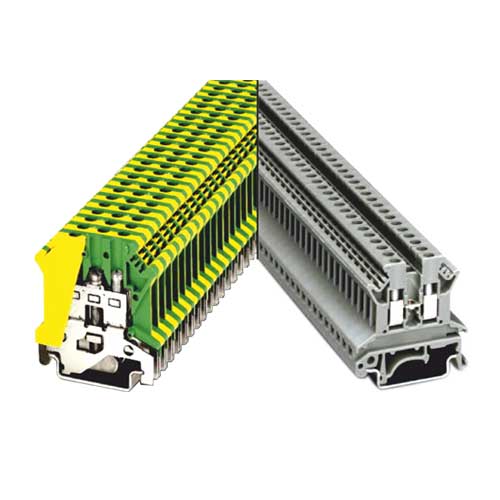
78 Series Din Rail Terminal Blocks
Werner Electric Private Limited offers a wide range of 78 series din rail terminal blocks.







